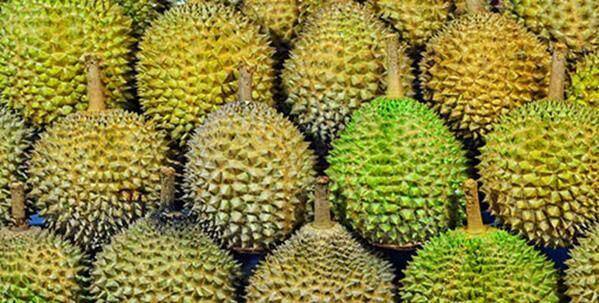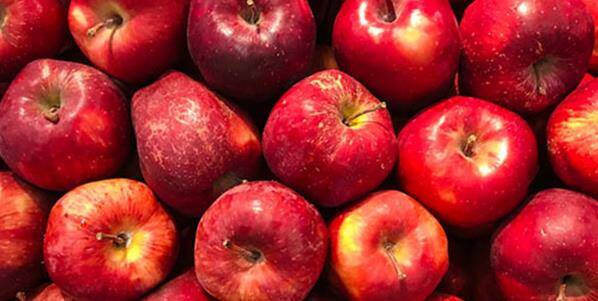It is said by the nutritionists that apple’s peel is more nutritious than the pulp and is more recommended. What if the waxed apple peel? In fact, in China it is allowed to wax the fruits’ peel for preservation. Fruit waxing is an important part of post-harvest commercialization and an important means to improve the competitiveness of fruits.
The post-harvest waxing rate of fruits in developed countries is 80%~90%. The main components of common commercial wax commonly both home and abroad are shellac, beeswax, resin, OPE wax, carnauba wax or candelilla wax. The air permeability of the shellac and resin with higher luminance are inferior to that of the OPE, candelilla wax and carnauba wax.
Pure natural shellac and carnauba wax are edible, with no harm to the body. However, many unscrupulous manufacturers have replaced edible waxes with industrial ones to save costs. There is an essential difference between them. Industrial wax is extracted from petroleum, which contains mercury and lead. They can penetrate into the pulp through peel and cause damage to human body.
How to choose

Firstly, appearance: If the fruits are brightly colored and the surface is smooth and translucent, usually they are waxed.
Secondly, smell: After waxing, the scent of fruit is dispersed. In addition, industrial wax is slightly pungent.
Lastly, scraping: A layer of white wax will reveal using fingernail or fruit knife. Gently wipe with hand or napkin. If it is light red, it must be waxed with industrial wax.
How to clean

With hot water: Wax is molten when heated. Put the waxed fruit in hot water. You will see a layer of wax floating on the water. Then timely dump it.



 Driving the Green Coatings Revolution with High-Performance Wax Innovation: Nanjing Tianshi's Technological Breakthrough and Industry Responsibility P
Driving the Green Coatings Revolution with High-Performance Wax Innovation: Nanjing Tianshi's Technological Breakthrough and Industry Responsibility P
 JLU Celebrates 70 Years of Materials Science: Tianshi Group President Delivers Keynote on “Precision Waxing, Changing the World”
JLU Celebrates 70 Years of Materials Science: Tianshi Group President Delivers Keynote on “Precision Waxing, Changing the World”